“Your body is precious. It is our vehicle for awakening. Treat it with care”
– Lord Buddha
Ayurveda one of the oldest medical systems which originated more than 5000 years ago in India. In Sanskrit, Ayurveda means knowledge of life which is a combination of Ayus(life) and Veda (knowledge).
Unlike Western medicine, Ayurveda is designed to promote good health rather than fight a disease. It aims to treat the root cause of an illness. This traditional science was found by sages and rishis through deep meditation. This knowledge was passed on orally before Charaka and Sushruta transcribed this knowledge into written text around 1000 BC. These texts were called Charaka Samhita and Sushruta Samhita. Samhita in Sanskrit means “union/joined/put together/a collection”.
Ayurveda is considered the fifth Veda after the four vedas : Rig Veda, Yajur Veda, Sama Veda and Atharva Veda.
The principles of many of the natural healing systems now familiar in the West have their roots in Ayurveda including Homeopathy.
Table of Contents
How Does Ayurveda Work?
Practitioners of Ayurveda believe that your body, mind and consciousness are connected. If the three of them are in harmony with the universe, your body is healthy.
It uses diet and nutrition, lifestyle changes, natural remedies, breathing and meditation, detoxification and rejuvenation processes, spiritual counseling to treat a patient.
[Source : Detox Your Body – Ayurveda Way]
It is based on the principle that the body is made of 5 elements – Air, water, earth, fire and space. They are known as panchbhoota in Sanskrit where panch means 5 and bhoota means elements.
According to Yoga and Ayurveda, panch bhootha is associated with overall health of a human being.
5 Elements in the Body
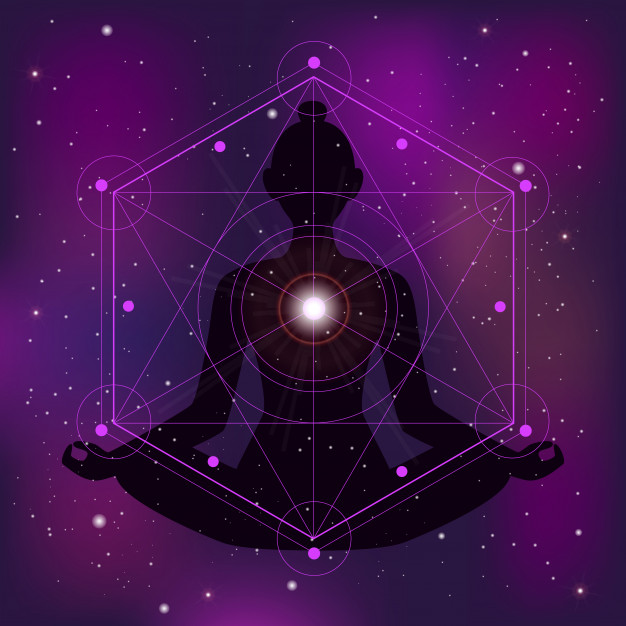
1. Space
It is the subtlest element in which everything happens. It is omnipresent and allows all the elements to interact. It is the contributing element to It Vata Dosha.
In the body, space relates to the below:
- Heart
- Abdomen
- Bladder
- Mouth
- Nostrils
2. Air
It is the dynamic element that is responsible for everything related to movement, change, and actions in the body. This is the main element that gives rise to Vata Dosha.
In the body, air relates to the below parts:
- Muscular and tissue functions
- Breathing
- Blood circulation
- Blinking
- Heart Pulse
3. Fire
It represents everything that requires digestion and transformation. It it the main element that gives rise to Pittas Dosha.
In the body, fire relates to the below:
- Body Temperature
- Digestion
- Assimilation
- Nutrition
- Metabolism
4. Water
It represents to liquid that flows throughout the body. It Is a contributing element to Pittas Dosha. In the body , water relates to the below:
- Blood
- Saliva
- Mucus
5. Earth
It represents all the visible solid matter. Earth gives your body structure and form. It glues together the cells , formed from Earth and Water. It is the main element that gives rise to Kapha Dosha, In the body, Earth relates to the below:
- Bones
- Teeth
- Muscle
- Skin
- Hair
- Organs
- Tendons
The combination of the 5 elements determines our unique mind/body type, habits, personalities and vulnerability to certain health issues.
If any of these elements go out of balance, this means there is a health disorder.
These Panchbhootha combine in the human body to form life energies or doshas.
Energy as taught to us in basic biology is required to create movement so that fluids and nutrients get into the cell enabling proper functioning of the cell. Similarly in Ayurveda, there are 3 types of Life energies or Doshas and they make you what you are.
3 Doshas of Ayurveda
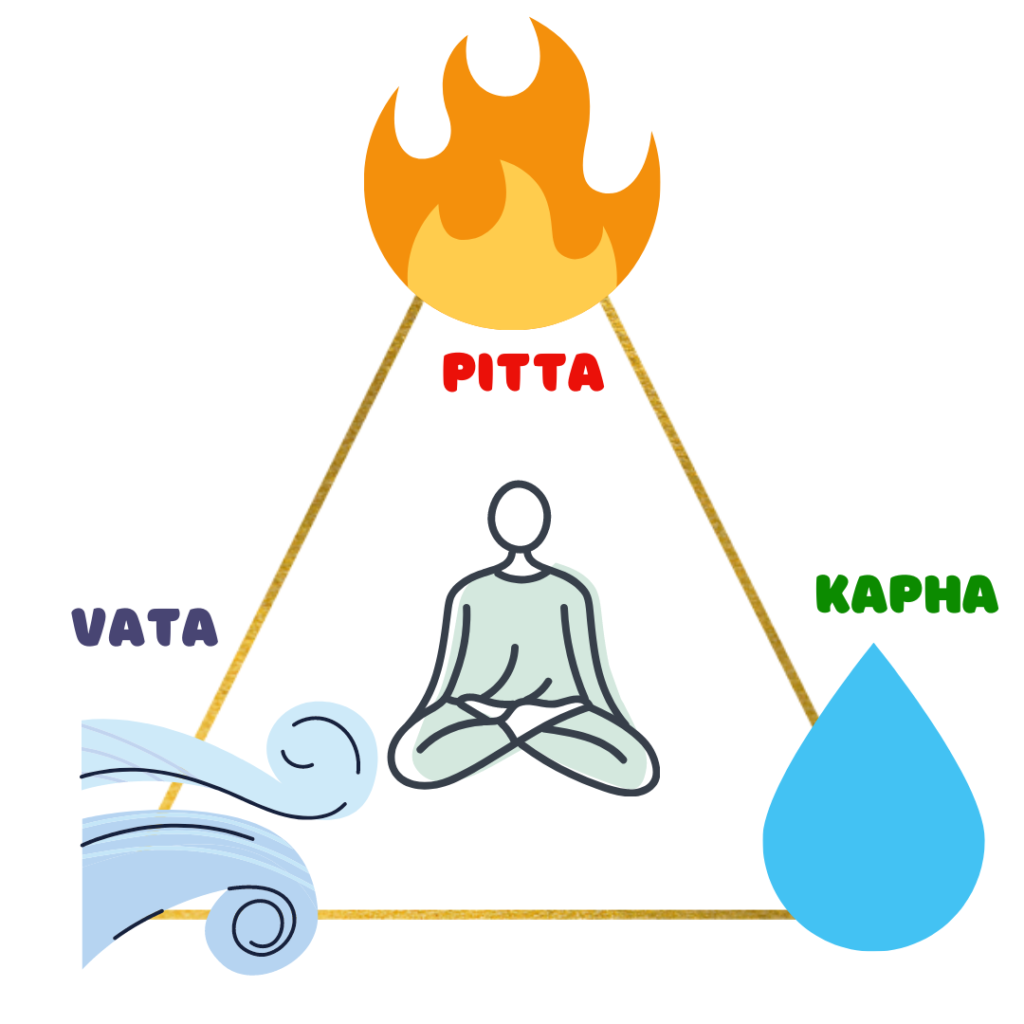
Our physical characteristics and personality are born from the doshas. Typically every human being comprises of these 3 doshas and the same 5 elements. It is the different combinations of these elements which gives rise to a different body type and personality.
The 3 Doshas of Ayurveda are :
- Vata – Movement and regulation
- Pitta – Heat and transformation
- Kapha – Structure and Growth
In the modern Medicine, the 3 doshas can be correlated as :
- Vata – Activity of the nervous or muscular system
- Pitta – All the chemical processes that take place in the body eg Hormone release and Digestion
- Kapha – Physical mass and skeletal system
To know which Dosha you belong to , take this Dosha Test which is absolutely Free!
1.Vata
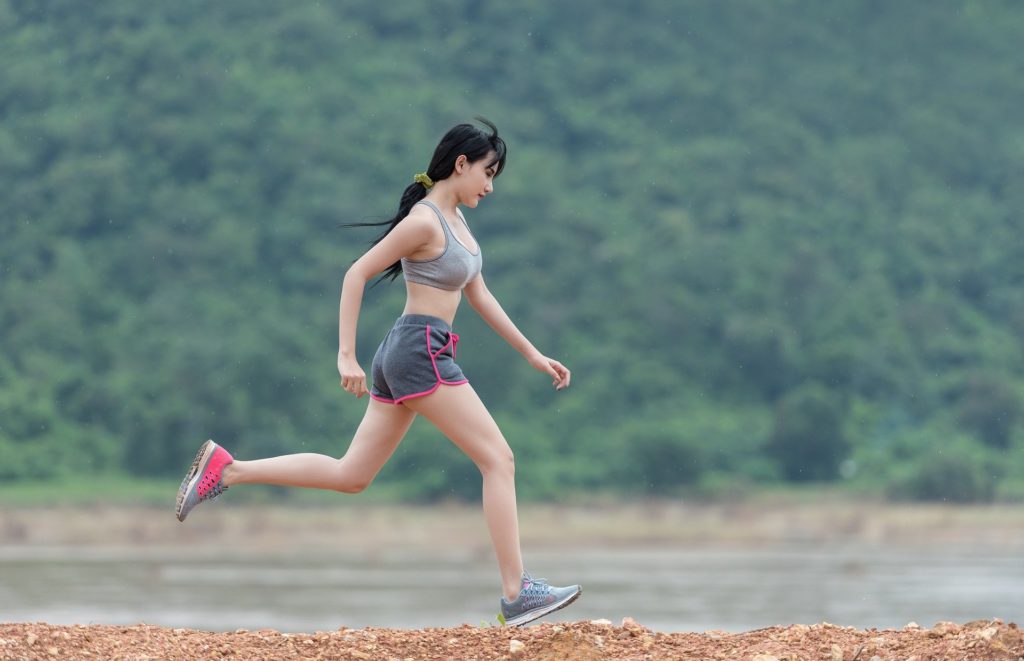
Vata essentially refers to movement in body. Vata is such an important dosha that very often when you visit an Ayurvedic practitioner, the first steps will include calming the vata dosha. Managing vata alone can mostly be enough to calm many health symptoms, despite being of another dosha.
On an annual basis , vata is prominent during Fall season. This is the time you need to be very careful about lifestyle and diet.
Vata Physical Characteristics
- Naturally slim frame
- Tall or short in height
- Small eyes, brown or grey in color
- Dry, Dark, and curly hair that can be brittle
- Long face with a receding chin
- Asymmetrical nose
- Irregular teeth, small and thin lips
- Dry skin
- Cold hands and feet
- In women, menstrual cycles tend to be irregular and often have pain
- Variable digestion. Can digest well one day and not so well the next day
Vata Personality
- Talk , walk and think fast, act fast
- Bursts of energy
- Less willpower, boldness, tolerance to changes than other types
- Craves new experiences and adventure
- Creative, excitable, enthusiastic
- Vibrant imagination
- Engaging conversationalists
Vata When Out of Balance
- Worry, anxious, fear
- Difficult focusing when stressed
- Difficulty in sleeping
- Constipation
- Irregular digestion
- Weight loss
- Indecisive Attitude
- Dry throat/lips/scalp/skin
- Poor circulation
- Tired easily
- Body aches
- Irregular appetite
Vata Aggravating Factors
- Generally aggravates as we enter our later life (55 years +)
- Prominent during fall season
- Afternoon time between 2pm and 6pm
- By Travel
- Loud noises
- Cold and windy weather
Vata Diet
- Warming and well-cooked foods
- One should have small meals 3 or 4 times a day and may snack as needed maintaining a 2-hour gap between each meal
- Regularity is meals
- All nuts and seeds are good but best used as butter or milk
- Spices like turmeric, ginger, garlic, and asafoetida(hing) helps in Vata being in balance
- Sweet and ripe fruits are favored as they nourish Vata
- Fruits should always be eaten on an empty stomach
- Vatas can use more oil in their cooking when compared to the other 2 doshas
- Limit intake of raw food
- Limit dry and excessively hot dried spices like chilies, raw onions, horse radishes.
- Limit gas-forming vegetables like Brussel sprouts, cauliflowers, cabbage, sprouts. Best to have them cooked, spiced, and eaten hot.
2. Pitta
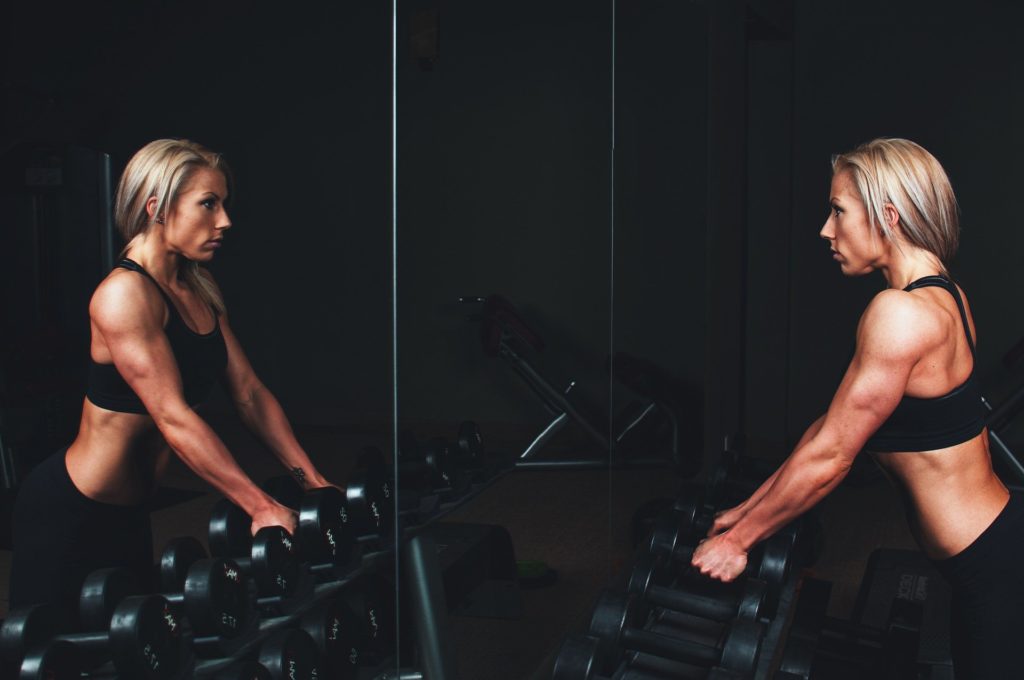
Pitta is a combination of 2 elements Fire and Water with the former being more pronounced. It regulates all the metabolic processes in the body like hormone balance and temperature.
Pitta Physical Characteristics
- Average structure
- Medium-sized eyes and a deep gaze
- Muscular
- Thin and pointed nose
- Delicate skin, prone to freckles and moles
- Good digestion, strong hunger
- Perspires and feels hot easily
- Likes cold climates
- Tends to grow bald early, fine hair, premature greying
- Regular menstruation and can be heavy, long-lasting
Pitta Personality
- Loves orderliness, routine and cleanliness
- Likes competitive sport
- Loves to exercise outdoors
- Precise Memory
- Gums tend to bleed, and their teeth are more yellowish than white
- Perfectionist and impatient
- Witty and outspoken
- Natural born leaders
Pitta When Out of Balance
- Hate,anger, jealous
- Bad breath
- Hyperacidity, gastritis,ulcers in mouth and stomach
- Excessive hunger and thirst
- Workaholic
- Tendency to have loose motions and diarrhoea
- Loud and Dominating, inability to listen to others
- Sore throat, tonsilitis, bronchitis
Pitta Aggravating Factors
- Going to bed late at night
- Summer aggravates Pitta
- Reading thrillers
- Watching TV late at night
- Overworking
- Excessively competitive
- Overambitious
Pitta Diet
- Have 3 regulated and satisfying meals. Don’t skip meals
- All-natural sweet-tasting foods favoured
- Avoid sour, citrus fruits.
- Favour root vegetables, most grains, milk and ghee
- Incorporate bitter foods like neem, cumin, turmeric, bitter melon, dark chocolate
- Avoid radishes, raw onions and chillies
- Reduce salt intake
- Highly favour bitter, sweet and cooling vegetables
- Limit heating oils like sesame, almond, corn, safflower and vegetable oil as they are heating in nature and can aggravate Pitta
3. Kapha Dosha
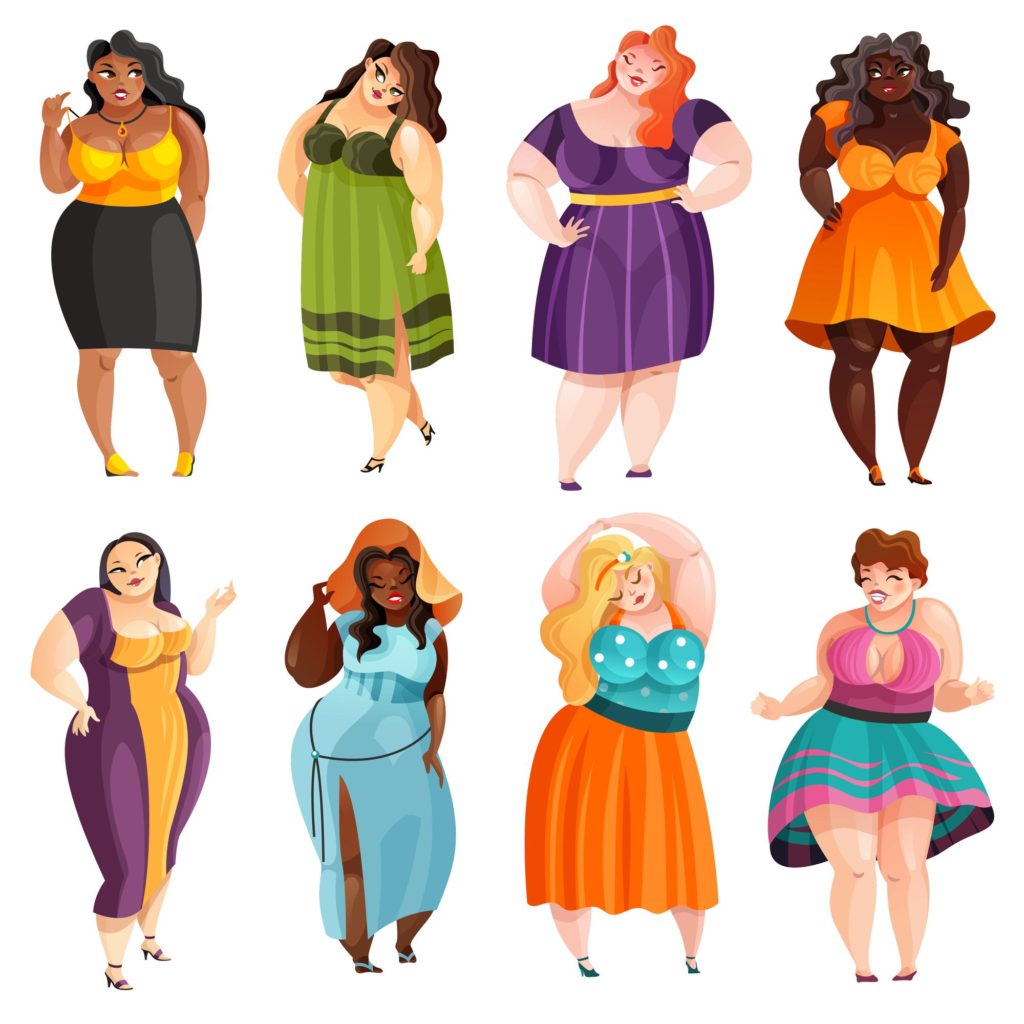
These individuals are very calm, relaxed and content. They are enjoyable and people love to be in touch with Kapha personalities for their nature. Kaphas are generally understanding and patient. They make the ideal managers who can handle issues calmly without over reacting.
Kaphas are the combination of Earth and Water elements which make them stable. This means that susceptibility to illness is lower than Vata and Pitta.
Kapha Physical Characteristics
- Broad,curvy with heavy bones
- Big beautiful eyes
- Well shaped mouth
- Oily and smooth skin
- Snow-white teeth
- Thick hair
- Slow and graceful movement
- Calm and relaxed voice
- Good stamina and ability
- Moderate appetite and hunger, with possibly a slow digestion
- Capable of great long-distance runners
- Fertile women
Kapha Personality
- Calm and relaxed
- Patient
- Rarely complains
- Disciplined
- Intelligent but can take a while to grasp concepts. Once grasped, never forgets
- Warm and compassionate
Kapha Aggravating Factors
- Sedentary lifestyle
- Aggravates in between 6 am and 10am and 6p.m and 10p.m
- Winters
- Adolescent growth
- Oversleeping. Avoid sleeping during the day and especially after food
Kapha Diet
- Less sweet, sour and salty food
- Light fruits like apple, pears and pomegranates can be taken
- Limited dry fruits can be a good option for snacking if necessary
- Cooked vegetables to be taken
- Dairy should be reduced.
- Incorporate warm stuff like hot herbal tea made using fennel, ginger, cardamom, cinnamon
- Limit Meats
- Lentils should be eaten warm and spiced
- Limit nuts and seeds (although sunflower and pumpkin seeds can be taken in moderation)
- Light oils such as sunflower oil can be taken
Conclusion
Finally, we have seen the different elements that make up the physical body and the 3 doshas ruling it. Using the elements and their characteristics in this way, we have a clearer understanding of the different Dosha. By now, you would have gotten a hang of the type of Dosha you are by taking the quiz.
Remember one thing, you are in charge of your own health and if everything is done right, you will be disease free!





Good explanation of doshas
Your blogs are so good to read !
Very very informative and well written. It’s surely going to benefit me a lot and will also share this info with my friends and family.
Very informative dear !
Wow some useful info
That’s such an information
Great explanation.. thanks for sharing dea
This is a unique topic to discuss as presently people don’t have much knowledge about Ayurveda. Thank you for sharing and gaining my knowledge.
Wow dear. That was informative and great post
You always post very amazing contant
great work on explaining the interrelationships with our elements your video logs and blogs are always soo informative and on point. keep up the great work.
So well explained,thankyou for sharing this
Wow you have explained it so well thanks for sharing
Thanks for sharing this i feel like I learned alot from reading all this information.
So much information, great post
Woww you have explained it so well thanks for sharing,
This is so informative!
This is very informative love it thanks for sharing love
I wasn’t aware of all this! Thanks for sharing. Loved this article a lot as it’s really very helpful.
This is so informative thank you for sharing
Nice Information.
Very nice n informative post
Such deep information. Thnx for sharing. Saving this for reference in future too 🙂
So much great info. Thanks for sharing
Great information thanks for sharing
This is so amazing keep it up
this is very interesting, thank you for sharing – glowwithme_sg
Wow I really enjoyed reading this article, well explained thanks
This post is superb , Everything is explained so nicely and systematically .loved it – jennie
That is such good explanation of all the doshas
Your content is so informative and useful.
So nice and interesting
This is a superb post. Always love reading your articles❤️
Waaao ! Lovely content … learnt few new things todayb
Great information, learnt a lot
This is so Informative thanks for sharing
Such a amazing blog
I did the test and found my dosha thank you so much this is so informative
I enjoyed it . I have Kafa dosh but i am a patient of rheumotoid arthritis so it means i have vaat dosh
This is really a very useful quiz…I came to know about my dosha as per ayurveda & will try to follow the tips to live a great life ahead!!!
Enjoyed the quiz and this article both!
Great info there and glad to
Know which Dosha I have and how to balance it
My dosha is pitta . The description is so accurate to how I actually am .
It was great to know about the dosha constitution in my body. Thanks for guiding us through the proper knowledge about doshas and their peculiarities
Loved taking the dosha quize, such relatable facts i have came across the article. Found it so helpful in fixing my diet and lifestyle. Thanks dear ❤️